Find Help
More Items From Ergsy search
-
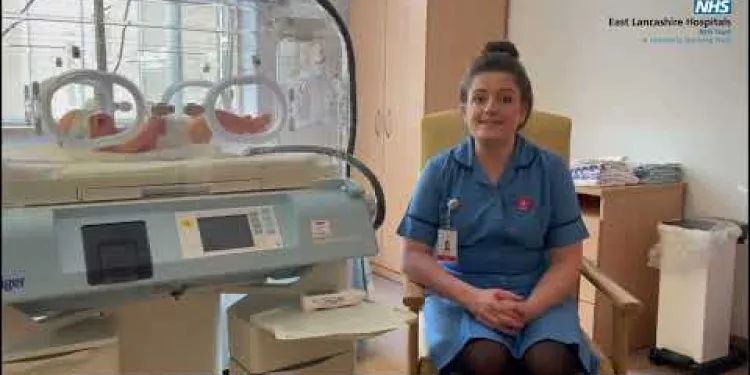
Jaundice in babies
Relevance: 100%
-

Postpartum Health: Mother and Baby
Relevance: 36%
-
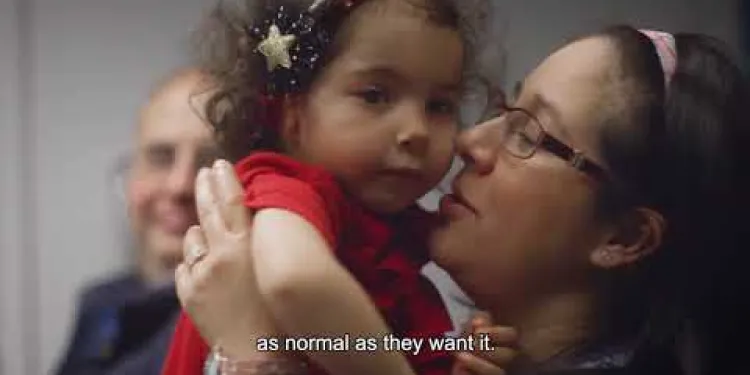
My baby has a hearing loss - what next?
Relevance: 33%
-

How is postnatal depression different from the 'baby blues'?
Relevance: 32%
-
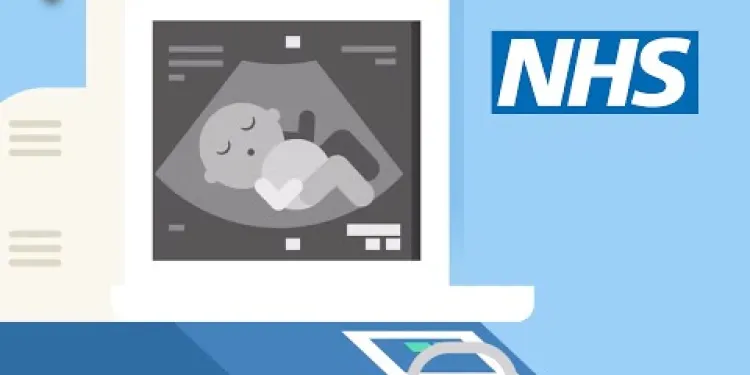
Screening tests for you and your baby | NHS
Relevance: 31%
-
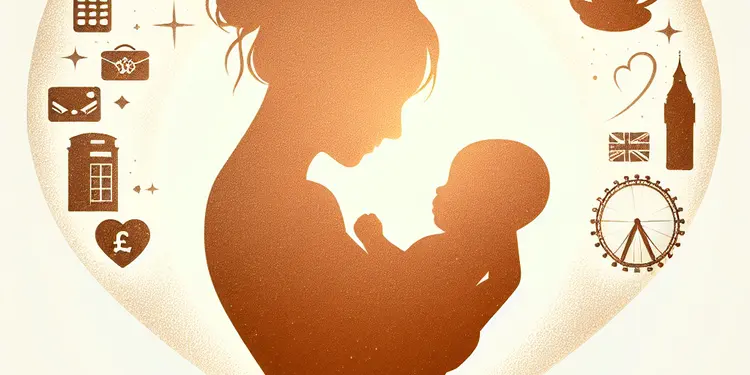
How does postnatal depression affect bonding with the baby?
Relevance: 31%
-
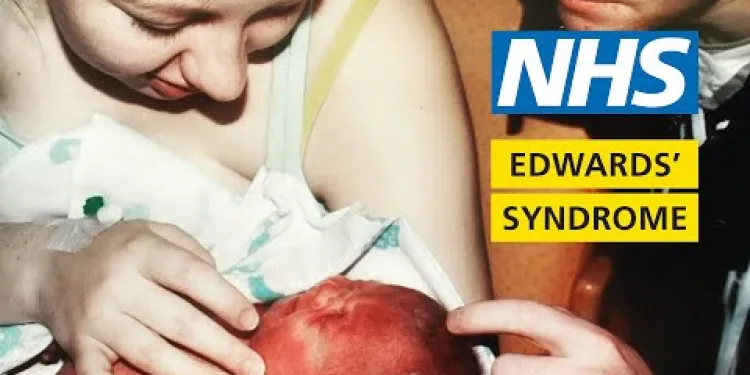
What it's like to have a baby with Edwards' syndrome - My Story - Chloe and Penelope | NHS
Relevance: 28%
-

Can spinal anaesthesia affect my baby?
Relevance: 19%
-

Gestational Diabetes during pregnancy
Relevance: 18%
-

Safe sleeping and reducing the risk of Sudden Infant Death Syndrome (SIDS)
Relevance: 16%
-
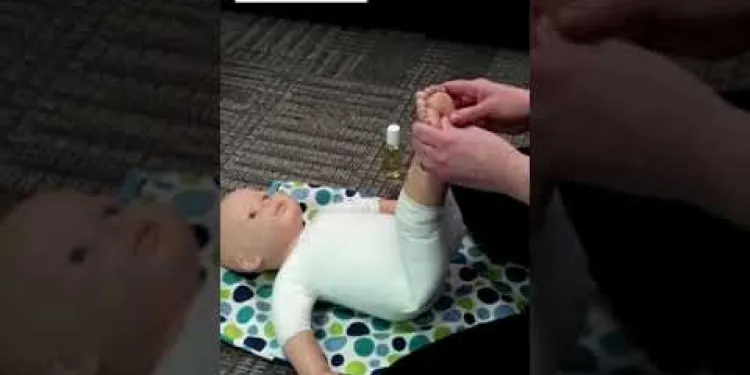
NHS COLIC MASSAGE DEMONSTRATION
Relevance: 15%
-

HIV and pregnancy | NHS
Relevance: 14%
-
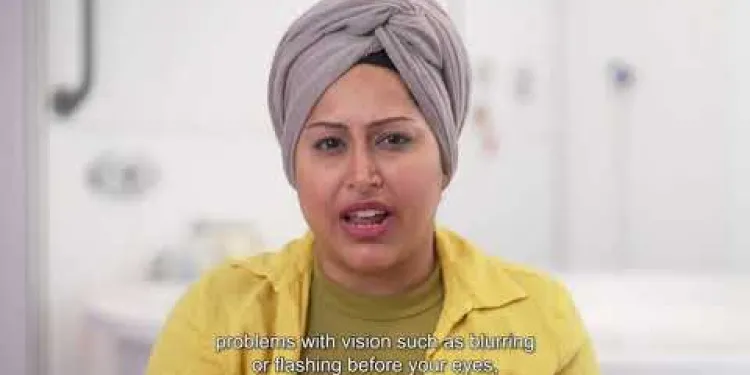
Pre eclampsia - NHS Maternity Safety Information
Relevance: 13%
-

What are the symptoms of postnatal depression?
Relevance: 13%
-
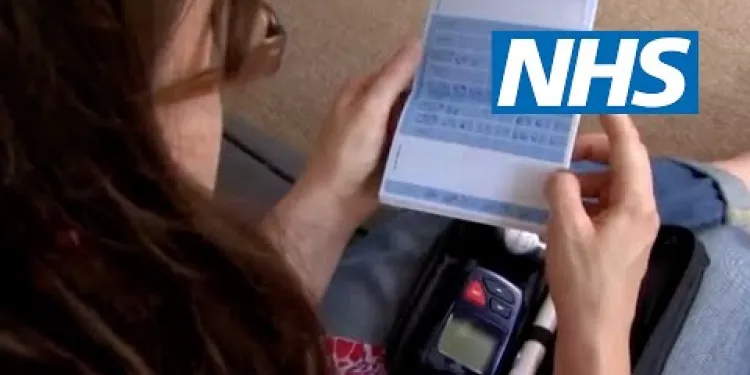
Gestational diabetes | NHS
Relevance: 13%
-

Why might a Caesarean birth be necessary?
Relevance: 13%
-

How should I prepare for a C-section?
Relevance: 13%
-

Can I breastfeed after a Caesarean birth?
Relevance: 13%
-
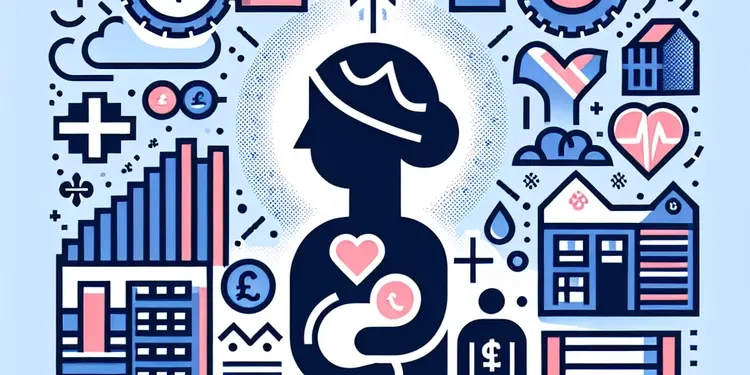
What is postnatal depression?
Relevance: 13%
-

Can pregnant women get chickenpox?
Relevance: 13%
-

How long will I stay in hospital after a C-section?
Relevance: 13%
-
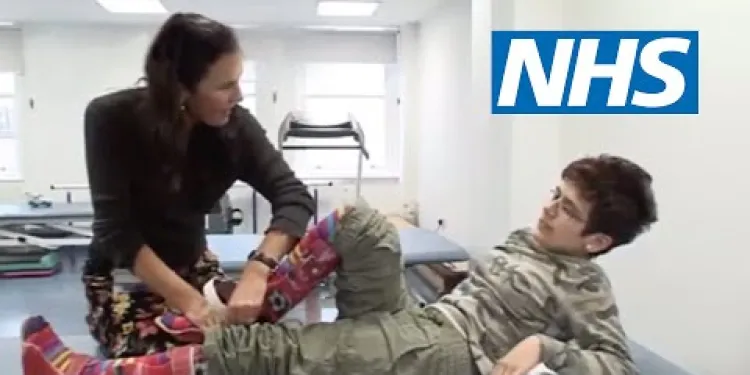
Cerebral palsy | NHS
Relevance: 12%
-
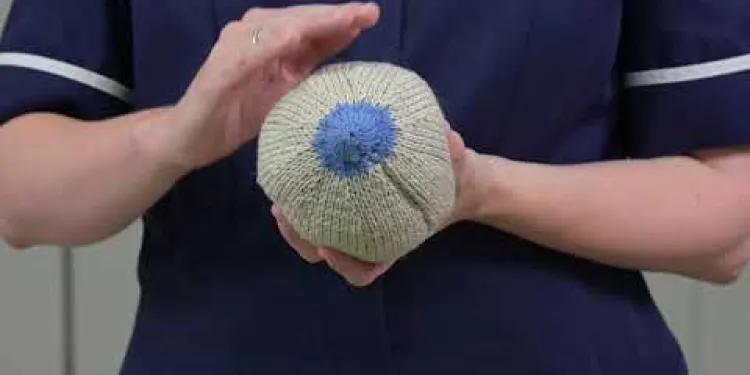
Hand expressing
Relevance: 12%
-

Postnatal Depression
Relevance: 12%
-
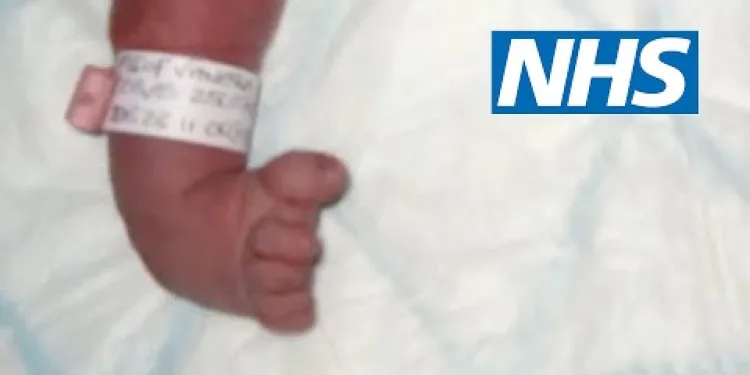
Club foot | NHS
Relevance: 12%
-
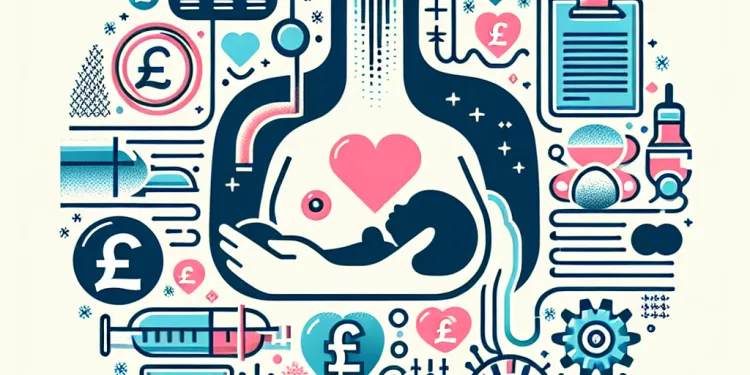
Can I breastfeed immediately after a Caesarean section under spinal anaesthesia?
Relevance: 12%
-
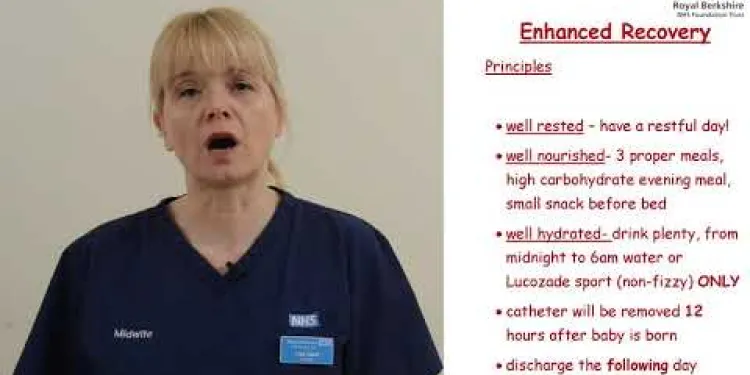
Pre operative Information for Planned Caesarean Birth
Relevance: 12%
-

Can pregnant women get the flu vaccine?
Relevance: 12%
-

What should I do if I suspect I have postnatal depression?
Relevance: 12%
-
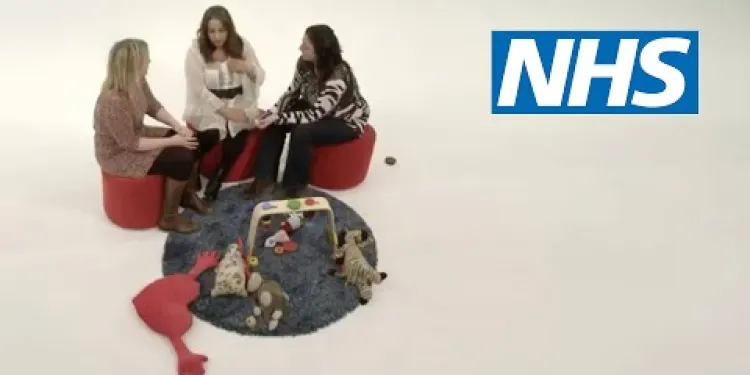
How do I know if I have postnatal depression? | NHS
Relevance: 12%
-
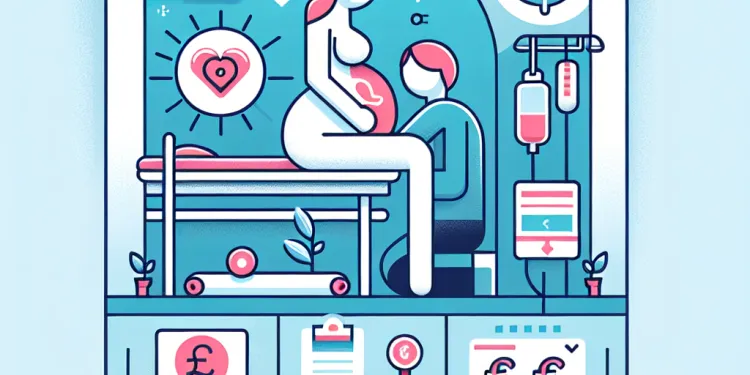
Can my partner be with me during the Caesarean section?
Relevance: 11%
-
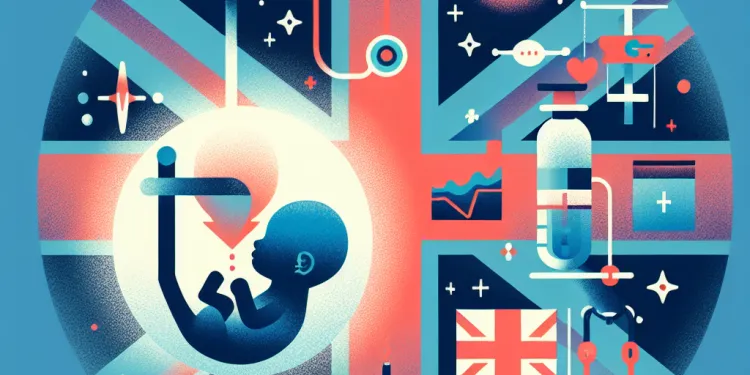
What are the risks associated with a C-section?
Relevance: 11%
-

How does exercise benefit pregnancy?
Relevance: 11%
-

Postnatal Depression - Leanne's Story
Relevance: 11%
-

Who is eligible for the Sure Start Grant?
Relevance: 11%
-

Will I be awake during a C-section?
Relevance: 11%
-
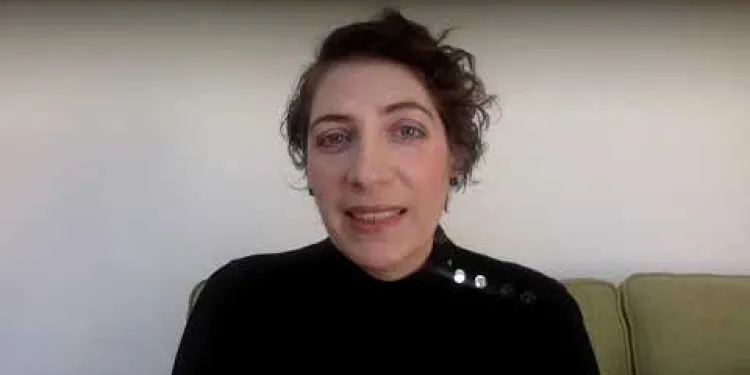
World Pancreatic Cancer Day - No Time to Wait
Relevance: 11%
-

Can my partner be present during the C-section?
Relevance: 10%
-

Do I need to consult a doctor before exercising during pregnancy?
Relevance: 10%
-
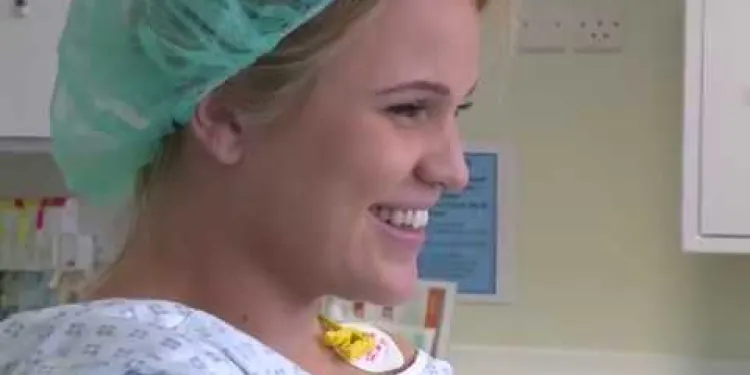
Your Caesarean birth
Relevance: 10%
Understanding Jaundice in Babies
What is Jaundice?
Jaundice is a common condition in newborns which results in yellowing of the skin and the whites of the eyes. This occurs due to high levels of bilirubin, a substance produced during the normal breakdown of red blood cells. In most infants, a mild form of jaundice occurs after birth and goes away within a week or two without causing any problems.Causes of Jaundice in Babies
There are several causes of jaundice in babies. One of the most common is physiological jaundice, which is a normal response to the newborn’s liver maturation. Other causes can include breastfeeding jaundice, where inadequate milk intake causes dehydration and slower removal of bilirubin, and blood group incompatibility between the mother and the baby, leading to increased breakdown of red blood cells. Additionally, prematurity, infections, and genetic disorders of the liver can also result in jaundice.Symptoms and Identification
The primary symptom of jaundice is a yellow tint to the baby’s skin and eyes. This usually starts from the face and then spreads downward to the chest, belly, legs, and finally, the soles of the feet. Other symptoms might include poor feeding, lethargy, and dark, yellow urine. If the yellowing progresses to deeper parts of the body or if other concerning symptoms are present, it's important to seek medical advice promptly.Diagnosis and Treatment
In the UK, newborn jaundice is often checked before the baby leaves the hospital and again during the newborn midwife visits. Healthcare professionals will assess the baby’s bilirubin levels through a blood test or a non-invasive bilirubin meter. In most cases, jaundice disappears on its own. However, if bilirubin levels rise too high, treatment such as phototherapy (light treatment) might be needed. In severe cases, a blood transfusion might be required.Prevention and Care
For parents in the United Kingdom, ensuring that the baby feeds well in the first days of life can help lower the risk of jaundice. Breastfeeding should occur 8-12 times a day; for formula-fed babies, feeds should be every 2-3 hours. Monitoring the baby for signs of jaundice and seeking medical advice if there are any concerns is crucial. Regular check-ups with a midwife or health visitor help ensure the baby’s health is monitored efficiently. Jaundice in babies is a common and usually manageable condition, but awareness and proper care are essential. Always consult with healthcare professionals if you have any concerns regarding your baby’s health.Understanding Jaundice in Babies
What is Jaundice?
Jaundice is something that often happens to newborn babies. It makes the skin and the whites of the eyes look yellow. This happens because there is too much bilirubin in the baby's blood. Bilirubin is made when old red blood cells are broken down. Most babies just have a little jaundice after they are born, and it goes away in one or two weeks. It usually does not cause any problems.Causes of Jaundice in Babies
There are several reasons why a baby might have jaundice. The most common reason is physiological jaundice. This is normal and happens because the baby's liver is still growing. Other reasons include breastfeeding jaundice, which happens if the baby doesn't get enough milk, causing dehydration. Blood group incompatibility can also cause jaundice if the mother's and baby's blood types do not match. Premature birth, infections, and liver problems can also lead to jaundice.Symptoms and Identification
The main sign of jaundice is yellow skin and eyes. It usually starts on the face and then moves to the chest, belly, legs, and finally the feet. Other signs can be poor feeding, sleepiness, and very dark yellow pee. If the yellow color spreads or you notice other problems, you should see a doctor quickly.Diagnosis and Treatment
In the UK, doctors check babies for jaundice before they leave the hospital. They also check at home visits from the midwife. They will use a blood test or a special light meter to see how much bilirubin is in the baby's blood. Most of the time, jaundice goes away by itself. But if the bilirubin level is too high, the baby might need phototherapy, where light is used to treat the jaundice. In very serious cases, a blood transfusion might be needed.Prevention and Care
In the UK, it is important for parents to make sure their baby feeds well in the first few days. For breastfeeding, this means feeding 8-12 times a day. For formula-fed babies, they should eat every 2-3 hours. Watching the baby for signs of jaundice and going to the doctor if you are worried is important. Regular visits with a midwife or health visitor can help keep track of the baby's health. Jaundice in babies is common and usually easy to manage. It is important to know the signs and take care of the baby. Always talk to a doctor if you are worried about your baby's health.Frequently Asked Questions
What is jaundice in babies?
Jaundice in babies is a common condition that causes the skin and whites of the eyes to turn yellow due to a high level of bilirubin, a yellow pigment produced during the breakdown of red blood cells.
Is jaundice common in newborns?
Yes, jaundice is quite common in newborns. It typically appears during the first week of a baby's life and is usually not serious.
What causes jaundice in babies?
Jaundice in babies is usually caused by the baby's liver not being fully developed and therefore being unable to process bilirubin efficiently.
How can I tell if my baby has jaundice?
Signs of jaundice in newborns include yellowing of the skin, starting on the face and moving down the body, and yellowing of the whites of the eyes.
When should I be concerned about my baby’s jaundice?
You should seek medical advice if your baby’s jaundice appears in the first 24 hours after birth, if the yellowness spreads or becomes more intense, or if your baby seems unwell or difficult to wake.
How is jaundice in babies diagnosed?
Jaundice is often diagnosed through visual inspection by a healthcare professional. If needed, a blood test may be performed to measure bilirubin levels.
What are the treatments for jaundice in babies?
Mild jaundice often resolves on its own. More severe cases may require phototherapy, where the baby is placed under a special light that helps break down bilirubin in the skin.
How long does jaundice last in newborns?
Physiological jaundice typically lasts for about 1-2 weeks in full-term babies, while in premature babies, it can last slightly longer.
Can breastfeeding cause jaundice?
Breastfeeding can sometimes be associated with jaundice. However, breastfeeding should not be stopped as it provides essential nutrients and antibodies for the baby. Consult your healthcare provider for advice.
Is jaundice in newborns dangerous?
Most cases of jaundice in newborns are harmless. However, very high levels of bilirubin can be dangerous and require prompt treatment to prevent complications.
Can jaundice be prevented?
While it is not always possible to prevent jaundice, ensuring that your baby is feeding well and has regular bowel movements can help reduce bilirubin levels.
Do all babies get screened for jaundice?
Yes, in the UK, all newborns are routinely screened for jaundice before they leave the hospital.
What is biliblanket?
A biliblanket is a type of phototherapy device that consists of a fibre-optic blanket which can be used at home to treat jaundice by helping to break down bilirubin.
Does jaundice affect feeding or sleeping?
Jaundice itself does not usually affect feeding or sleeping, but in severe cases, it may make the baby lethargic and less interested in feeding.
Who is at higher risk for newborn jaundice?
Premature babies, babies with siblings who had jaundice, and babies of East Asian, Mediterranean, or Native American descent are at higher risk for jaundice.
What is Jaundice in Babies?
Jaundice is when a baby's skin and eyes turn yellow. This can happen a few days after they are born.
Why does this happen? It is because their liver is not working well yet. The liver helps to clean the blood.
Most of the time, jaundice is not serious. But it's important to tell a doctor. The doctor can help and make sure the baby gets better.
If you need help, ask someone you trust to read this with you. They can help you understand it better.
Jaundice in babies is quite common. It makes the skin and eyes look yellow. This happens because there is too much bilirubin in the body. Bilirubin is a yellow substance made when red blood cells break down.
Do many new babies get jaundice?
Many new babies get jaundice. Jaundice makes the skin and eyes look yellow. This happens because there is too much of a yellow substance called bilirubin in the blood.
If you want help reading, you can:
- Ask someone to read it with you.
- Use a tool that reads words out loud.
- Look for videos or pictures about jaundice.
Yes, many new babies get jaundice. This happens in the first week after they are born. Most of the time, it is not dangerous.
Why do babies sometimes look yellow?
Babies can look yellow because their body has too much of something called bilirubin. This happens a lot and usually goes away by itself. Bilirubin is made when old blood cells break down. The baby's liver helps get rid of it. Sometimes, the liver needs a little help.
Here are some things you can do to help:
- Let the baby have some sunlight. Keep the baby safe and warm.
- Make sure the baby is feeding well.
- Talk to a doctor if you are worried.
Jaundice in babies happens because the baby’s liver is still too young to work properly. This means it cannot handle a substance called bilirubin well.
How do I know if my baby has jaundice?
Jaundice makes a baby’s skin and eyes look yellow. Here is how you can check:
- Look at your baby’s skin and eyes in good light. Are they yellow?
- Gently press your baby’s forehead or nose. Does the skin look yellow when you let go?
- If you think your baby looks yellow, talk to a doctor or nurse.
Supportive tools:
- Use a bright light to see the color better.
- Ask a friend or family member to help you check.
- Take a picture and compare it to check for changes over time.
If a newborn baby has jaundice, their skin might look yellow. It starts on the face and can spread down the body. The whites of the baby's eyes might also look yellow.
Tools that can help:
- Use clear, simple words when talking about jaundice.
- Look at pictures to better understand how jaundice looks.
- Ask a doctor or nurse for more help if you notice these signs.
When should I worry about my baby’s yellow skin?
Talk to a doctor if your baby's skin or eyes turn yellow in the first day after being born. See a doctor if the yellow color spreads, gets darker, or if your baby seems sick or is hard to wake up.
How do doctors know if a baby has jaundice?
Doctors check if a baby has jaundice by looking at the baby's skin and eyes. They see if they look yellow. This is the first sign.
They might also use a light meter. The light meter looks at the skin to check for jaundice.
Doctors can do a blood test too. They take a tiny bit of the baby's blood to see how much bilirubin is in it.
If you want to learn more or need help, ask a doctor or nurse. They will explain everything and answer your questions.
Doctors can often tell if someone has jaundice just by looking. If they need more information, they might do a blood test to check the amount of bilirubin.
How do doctors help babies with jaundice?
Jaundice makes a baby's skin look yellow. This happens because of too much of a thing called bilirubin in the blood.
Here are some ways to help babies with jaundice:
- Sunlight: Sit with the baby in a sunny room. Sun can help break down bilirubin.
- Phototherapy: Doctors use a special light that helps the baby's body get rid of bilirubin.
- Feeding: Feed the baby often. This helps the baby poop, which removes bilirubin.
- Doctor visits: See a doctor if the baby looks very yellow.
If you need help, ask a nurse or doctor. They can show you how to care for the baby.
Sometimes, babies have yellow skin. This is called jaundice. If it's not too bad, it can go away by itself. If it's worse, doctors might use a special light to help. The light helps to make the yellow go away.
How long does yellow skin last in newborn babies?
Yellow skin, called jaundice, can happen in newborn babies.
Usually, it lasts for a few days.
Most babies get better in 1 or 2 weeks.
If your baby still has yellow skin after 2 weeks, see a doctor.
Using a color chart can help spot changes in your baby's skin.
Ask your doctor for more help or tools if you are worried.
Normal baby jaundice usually lasts for 1-2 weeks in babies born on time. In babies born early, it can last a little longer.
Can breastfeeding make a baby turn yellow?
Sometimes, breastfeeding can make a baby's skin look a bit yellow. This is called jaundice.
If you are worried, talk to a doctor or nurse. They can help you find out what to do.
A good idea can be to feed your baby more often. This can help make the yellow go away.
If you need more help, there are people who know about breastfeeding. You can ask them for help too.
When a baby is breastfeeding, they might get something called jaundice. But, it's important to keep breastfeeding. Breastfeeding gives the baby important food and helps protect them from getting sick. Talk to your doctor or nurse for help and advice.
Is jaundice in newborns dangerous?
Some babies might have a yellow skin color after birth. This is called jaundice.
Most of the time, jaundice is not dangerous. It usually goes away by itself.
But sometimes, babies might need some help from a doctor.
If you are worried, talk to a doctor. Doctors can do a simple test to check.
Parents can use apps or support groups to learn more about jaundice.
Most of the time, jaundice in babies is not bad. But if there is too much bilirubin, it can be dangerous. It is important to get help fast to stop any problems.
Can we stop jaundice?
Sometimes, you can't stop jaundice from happening. But you can help your baby by making sure they eat well and poop regularly. This can help lower a thing called bilirubin in their body.
Do all babies get checked for jaundice?
When babies are born, doctors look to see if they have jaundice. Jaundice can make a baby's skin look yellow. Doctors do tests to check for jaundice. It helps them make sure the baby is healthy.
If you want to learn more, you can ask a nurse or doctor. They can explain it to you. You can also use pictures or videos to help understand better.
Yes, in the UK, every new baby is checked for a thing called jaundice before they go home from the hospital.
What is a biliblanket?
A biliblanket is a special light blanket. It helps babies who have too much yellow stuff called bilirubin in their blood.
Babies can use a biliblanket to clear the extra yellow stuff. This blanket shines a bright light that helps their body feel better.
If a baby uses a biliblanket, it is important to talk to a doctor. They will help you use it correctly.
To understand better, ask for help from someone you trust, like a parent or teacher.
A biliblanket is a special blanket with lights. It helps treat jaundice, which is when your skin turns yellow. You can use it at home. The lights help break down something called bilirubin to make the yellow go away.
Can jaundice make feeding or sleeping hard?
Jaundice usually does not change how a baby eats or sleeps. But if it's very bad, it can make the baby very tired and not want to eat.
Who is more likely to get newborn jaundice?
Some babies are more likely to get jaundice. These include:
- Babies born too early (premature)
- Babies who have brothers or sisters that had jaundice
- Babies from East Asian, Mediterranean, or Native American families
Using color-coded charts and pictures might help understand this better. You can also ask someone for help if you find it tricky.
Useful Links
- Ergsy carfully checks the information in the videos we provide here.
- Videos shown by Youtube after a video has completed, have NOT been reviewed by ERGSY.
- To view, click the arrow in centre of video.
- Most of the videos you find here will have subtitles and/or closed captions available.
- You may need to turn these on, and choose your preferred language.
- Go to the video you'd like to watch.
- If closed captions (CC) are available, settings will be visible on the bottom right of the video player.
- To turn on Captions, click settings .
- To turn off Captions, click settings again.
More Items From Ergsy search
-

Jaundice in babies
Relevance: 100%
-

Postpartum Health: Mother and Baby
Relevance: 36%
-

My baby has a hearing loss - what next?
Relevance: 33%
-

How is postnatal depression different from the 'baby blues'?
Relevance: 32%
-

Screening tests for you and your baby | NHS
Relevance: 31%
-

How does postnatal depression affect bonding with the baby?
Relevance: 31%
-

What it's like to have a baby with Edwards' syndrome - My Story - Chloe and Penelope | NHS
Relevance: 28%
-

Can spinal anaesthesia affect my baby?
Relevance: 19%
-

Gestational Diabetes during pregnancy
Relevance: 18%
-

Safe sleeping and reducing the risk of Sudden Infant Death Syndrome (SIDS)
Relevance: 16%
-

NHS COLIC MASSAGE DEMONSTRATION
Relevance: 15%
-

HIV and pregnancy | NHS
Relevance: 14%
-

Pre eclampsia - NHS Maternity Safety Information
Relevance: 13%
-

What are the symptoms of postnatal depression?
Relevance: 13%
-

Gestational diabetes | NHS
Relevance: 13%
-

Why might a Caesarean birth be necessary?
Relevance: 13%
-

How should I prepare for a C-section?
Relevance: 13%
-

Can I breastfeed after a Caesarean birth?
Relevance: 13%
-

What is postnatal depression?
Relevance: 13%
-

Can pregnant women get chickenpox?
Relevance: 13%
-

How long will I stay in hospital after a C-section?
Relevance: 13%
-

Cerebral palsy | NHS
Relevance: 12%
-

Hand expressing
Relevance: 12%
-

Postnatal Depression
Relevance: 12%
-

Club foot | NHS
Relevance: 12%
-

Can I breastfeed immediately after a Caesarean section under spinal anaesthesia?
Relevance: 12%
-

Pre operative Information for Planned Caesarean Birth
Relevance: 12%
-

Can pregnant women get the flu vaccine?
Relevance: 12%
-

What should I do if I suspect I have postnatal depression?
Relevance: 12%
-

How do I know if I have postnatal depression? | NHS
Relevance: 12%
-

Can my partner be with me during the Caesarean section?
Relevance: 11%
-

What are the risks associated with a C-section?
Relevance: 11%
-

How does exercise benefit pregnancy?
Relevance: 11%
-

Postnatal Depression - Leanne's Story
Relevance: 11%
-

Who is eligible for the Sure Start Grant?
Relevance: 11%
-

Will I be awake during a C-section?
Relevance: 11%
-

World Pancreatic Cancer Day - No Time to Wait
Relevance: 11%
-

Can my partner be present during the C-section?
Relevance: 10%
-

Do I need to consult a doctor before exercising during pregnancy?
Relevance: 10%
-

Your Caesarean birth
Relevance: 10%


